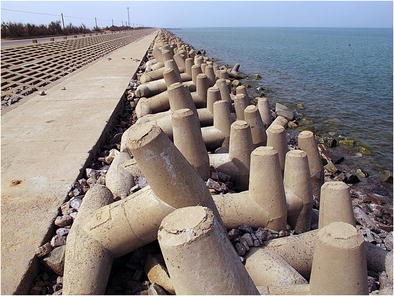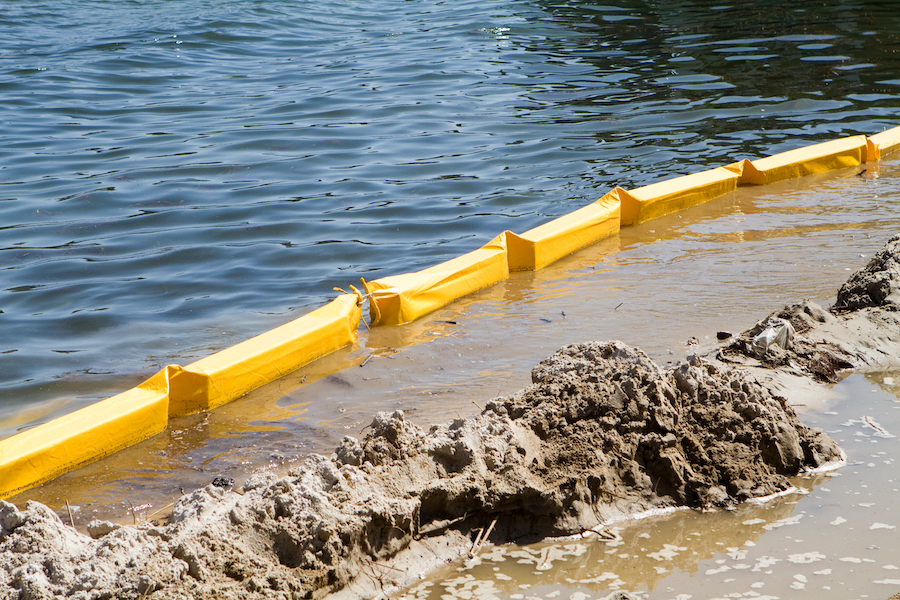The Definitive Guide for Shore Protect Team
Table of ContentsThe 4-Minute Rule for Shore Protect TeamThe smart Trick of Shore Protect Team That Nobody is DiscussingAll about Shore Protect TeamSome Known Details About Shore Protect Team The Ultimate Guide To Shore Protect TeamThe Definitive Guide to Shore Protect TeamSome Known Details About Shore Protect Team
Reduction in home worth: As the location tourism is impacted by erosion, so then is the economy. Purchasers are less most likely to look for a coastline house that could be ruined at any kind of moment by the upcoming flooding and disintegration emergency situation. In turn, residential property worth can go down immensely and affect the entire region.Whether a beach is just small and crowded or has to close completely for the security of the environment and nearby residential properties, this greatly affects tourist. In turn, regional economies are influenced (https://www.localhomeservicepros.com/katy/home-construction/shore-protect-team). Threat of injury: The boosted risk of flooding and structural failings triggers an increased risk of injury to neighboring travelers and neighborhood participants

is home to more than 84,240 miles of coastline with 41% of it exposed to the open ocean. Coastal engineers supervise of securing the coast versus changes by minimizing the destructive impacts of both all-natural and man-made occurrences. Shoreline stabilization is directly pertaining to their job. Waterside hotels: Because shoreline erosion influences tourism, it impacts the success of waterfront resorts.
Shore Protect Team - The Facts
Coastal commercial companies: No tourists indicates no company. Coastal state parks: State parks that exist along coasts are at threat of damage.
Hard stabilization uses man-made frameworks as protection to control erosion. Many forms of difficult stabilization like seawalls and sheet metal are not suitable for coastline stablizing.
Some Known Details About Shore Protect Team
There's additionally insufficient evidence of their efficiency depending on the sort of shoreline and neighborhood conditions. Tough stablizing methods tend to be harder to set up and don't match the all-natural visual, sticking out like a sore thumb and harming local ecosystems in several situations. Coastline nourishment is the procedure of including lost sand and debris back to coastlines after disintegration has taken place.
TrapBags help in the process of coastline nutrition by safeguarding natural ecological communities and permitting plants to expand. While this process can be expensive and is not long-term, the pros often tend to outweigh the cons. TrapBag obstacles offer lots of buildings that make them suitable for coastal and riverbank erosion security. They're: Eco friendly: You can use native dirt both to border and to fill the TrapBags.

Some Known Incorrect Statements About Shore Protect Team
They can likewise be set up without any hefty machinery. Cost effective: TrapBags are excellent for both tiny and big locations of coastline.
The proper seawall design depends on location-specific elements, consisting of bordering disintegration processes. There are three main types of seawalls: upright, bent, tipped, and piles (see table below).
All-natural obstacles, such as reef and mangrove forests, protect against the spread of tsunamis and the flow of coastal waters and reduced the flood and rise of water. A cost-benefit strategy is a reliable method to identify whether a seawall is proper and whether the benefits are worth the expense.
The 15-Second Trick For Shore Protect Team
A seawall is a static attribute which can contrast with the dynamic nature of the shore and hamper the exchange of sediment in between land and sea. The table below sums up some positive and adverse impacts of seawalls which can be used when contrasting their efficiency with other seaside management choices, such as coastline nutrition. [] Benefits and drawbacks of seawalls according to Short (1999) Advantages Disadvantages Lengthy term option in comparison to soft beach nourishment.

This can cause coastlines to dissipate, rendering them worthless for beach goers. Generally, seawalls can be a successful method to manage seaside disintegration, yet only if they are built well and out of products that can withstand the force of continuous wave power. Some understanding is required of the seaside processes and morphodynamics details to the seawall place.
What Does Shore Protect Team Do?
Integrated with a high building cost, this has actually led to increasing use of various other soft design seaside management choices such as coastline replenishment. Seawalls are constructed from various products, a lot of frequently strengthened concrete, boulders, steel, or gabions. Various other feasible building and construction materials include plastic, wood, aluminum, fiberglass composite, and eco-friendly sandbags made of hemp and coir. The proper seawall design counts on location-specific aspects, consisting of bordering erosion processes. There are 3 main types of seawalls: upright, curved, tipped, and piles (see table listed below).
Natural obstacles, such as reef and mangrove forests, protect against the spread of tidal waves and the flow of coastal waters and mitigated the flooding and rise of water. A cost-benefit method is a reliable method to determine whether a seawall is appropriate and whether the advantages are worth the expenditure.
Shore Protect Team - The Facts
A seawall is a static feature which can contrast with the vibrant nature of the coastline and hinder the exchange of sediment between land and sea. Advantages and negative aspects of seawalls according to Short (1999) Advantages Negative aspects Long term option in comparison to soft coastline nourishment.

This can cause coastlines to dissipate, providing them worthless for coastline goers. Generally, seawalls can be a successful means to manage seaside erosion, yet only if they are created well and out of materials that can stand up to the pressure of recurring wave power.